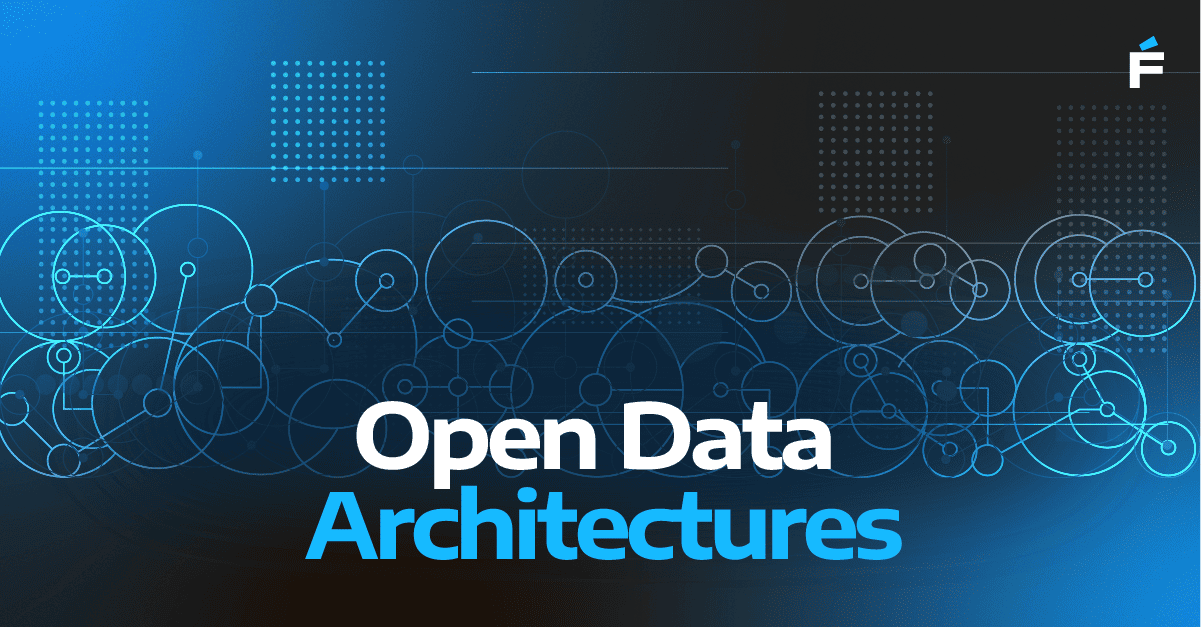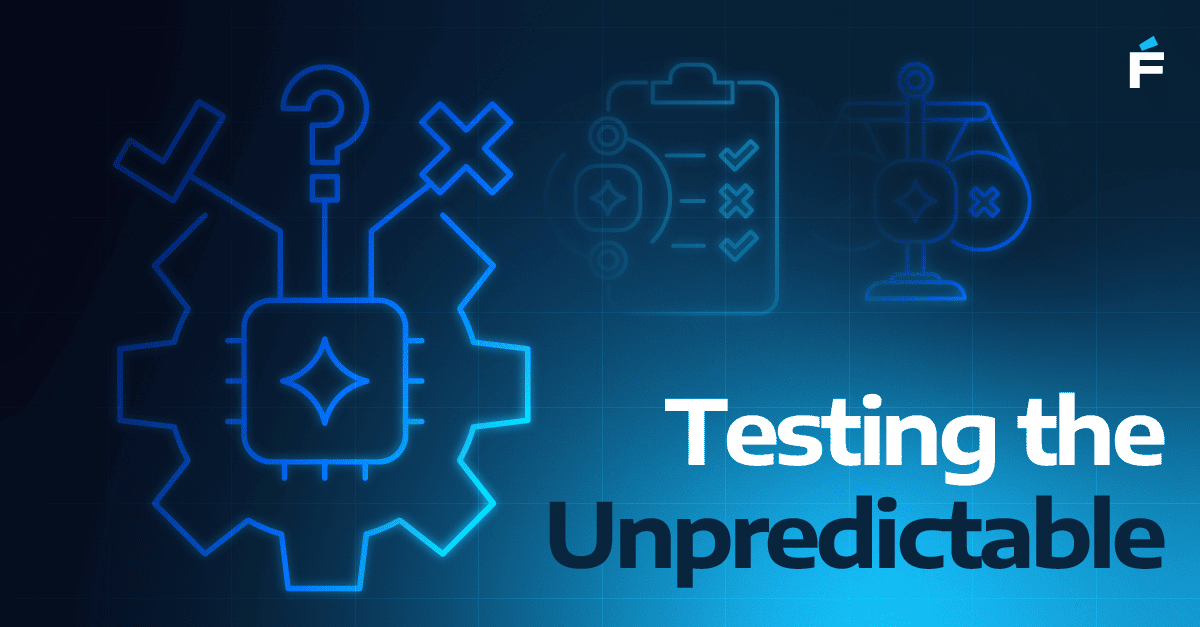The Critical Missing Link in Data Architecure: The Semantic Layer
Despite significant investments in modern data architecture—data lakes, lakehouses, cloud warehouses, and ELT pipelines—many organizations still face a frustrating paradox: business users do not trust, understand, or actively engage with the data platform. As technologists, we often assume that delivering clean, governed, well-modeled data is enough. But data that cannot be understood by its consumers is, effectively, data that does not exist.
The root cause often lies in the absence of a semantic layer—a crucial, often overlooked part of the data stack that translates technical data structures into language and logic business users can actually engage with.

What is the Semantic Layer?
The semantic layer is the interface between raw data and human understanding. It provides consistent definitions for metrics, hierarchies, filters, and business terms—abstracting the technical complexity of source systems into a form that aligns with how a business thinks and operates.
It is where objectivity (clean, structured data) meets subjectivity (context, assumptions, and business rules). For example, "active customer," "churn rate," or "gross margin" may be defined differently across teams if left undocumented.A semantic layer standardizes business definitions and metrics, ensuring that all teams interpret and analyze data using a consistent vocabulary and logic. This alignment is essential for maintaining accuracy and trust across organizational reporting and analytics.
Technically, the semantic layer can take different forms: a BI tool’s centralized metric layer, a headless semantic model (like dbt metrics), or an embedded logic layer in a data catalog or business glossary. Regardless of form, the purpose remains: translate data structures into business logic that is comprehensible, trustworthy, and reusable.
Why the Semantic Layer Matters
Without a semantic layer, business users are forced to depend on data engineers for ad hoc query generation or resort to constructing isolated logic in spreadsheets. This results in fragmented definitions, increased risk of manual errors, and inconsistent insights—ultimately hindering effective decision-making across the organization.
By contrast, a semantic layer:
- Enables self-service analytics: Business users can explore and analyze data without writing SQL or understanding schemas.
- Ensures consistent KPIs and definitions: Everyone sees "revenue" or "customer" calculated the same way, reducing reporting conflicts.
- Accelerates time to insight: Analysts do not have to reinvent metric definitions every quarter or project.
- Builds trust in data: When definitions are transparent and aligned with business understanding, users are more likely to adopt data tools.
When Data Architecture is Ready, but Business Usage is Low
Many organizations have implemented sophisticated cloud data platforms and pipelines—data is ingested, transformed, and stored in clean, structured tables. However, user adoption often remains limited. The root cause is frequently the absence of a semantic layer: the critical final component that provides contextual translation. This layer serves as the interface between technical data structures and business understanding, enabling true data democratization. Without it, even the most advanced infrastructure fails to deliver meaningful impact.
Practical Steps to Introduce a Semantic Layer
If your architecture is already in place, but business users are not leveraging it, the following steps can close the gap:
- Inventory Key Business Metrics and Definitions
- Interview stakeholders across marketing, finance, ops, and product.
- Document what KPIs they use, how they define them, and how they calculate them today (even if in Excel).
- Identify overlaps and conflicts.
- Establish a Centralized Metrics Layer
- Use tools like dbt metrics, Looker’s LookML layer, Cube, or AtScale to define consistent measures and dimensions.
- Version control these definitions and treat them like code.
- Create Business-Friendly Naming and Hierarchies
- Avoid schema or column names in UI. Use business terms and logical groupings (e.g., "Customer Lifecycle → Active Users → Weekly").
- Avoid schema or column names in UI. Use business terms and logical groupings (e.g., "Customer Lifecycle → Active Users → Weekly").
- Embed Documentation and Context
- Every metric and dimension should include definitions, owner, source, update frequency, and caveats.
- Tools like Atlan, Alation, or Microsoft Purview can help.
- Enable Self-Service via Trusted Tools
- Integrate the semantic layer with BI tools business users are comfortable with—Power BI, Tableau, or Mode.
- Provide guided dashboards and exploration paths with prebuilt logic.
- Train and Support Business Users
- Run workshops and office hours to teach business teams how to use the semantic layer.
- Pair analysts with business users to co-develop trusted dashboards.
- Measure and Iterate
- Track adoption metrics: dashboard usage, query counts, time to insight.
- Gather feedback and refine definitions over time as business needs evolve.
Next Steps
Data architecture without a semantic layer is like a library without a catalog: full of value, but inaccessible. The semantic layer is not just a technical artifact—it is a product that requires ownership, iteration, and partnership between data teams and business stakeholders. Without a semantic layer, data teams become bottlenecks and business users create shadow logic in spreadsheets—resulting in inconsistency, errors, and decision paralysis.
At Forte Group, we help organizations move from data-rich to insight-driven by embedding semantic thinking into data delivery. Getting this layer right is not a luxury—it is the key to making data truly usable.
This is not just good engineering practice—it is the only way to scale AI safely and efficiently.
Final Thought
As the pace of AI adoption increases, so does the complexity of the systems we are building. Data lineage does not slow teams down. It enables them to build faster, fix faster, and prove trust in the models that increasingly shape decisions, products, and customer experiences.
If you are investing in MLOps or GenAI applications and your lineage story is still an afterthought—it is time to prioritize it.





